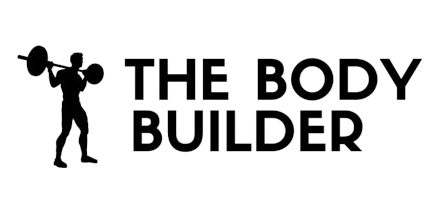Skating
Roller skating is an enjoyable exercise that can provide multiple benefits. Not only is it a great way to improve cardiorespiratory fitness and muscle endurance, but it is also a great way to challenge yourself with interval skating. The basics of skating must be learned in order to avoid injury and protective gear should always be worn. A 150 lb person can burn around 175 calories in 30 minutes of skating at a comfortable pace, similar to that of brisk walking. Roller skating is a great way to get active and have fun while doing it.
Type:
Cardio
Muscles Used:
Quadriceps
Level:
Beginner
Equipment:
Other
Benefits Of This Exercise
- Improves cardiorespiratory fitness and muscle endurance
- Provides an opportunity to challenge yourself with interval skating
- Burns around 175 calories in 30 minutes for a 150 lb person
- Fun way to get active and enjoy yourself
- Protective gear must be worn to avoid injury
Step by Step Instructions For Skating
- Roller skating is a great way to improve your cardiorespiratory fitness and muscular endurance. It also requires good balance and coordination, so it’s important to learn the basics before getting started. Make sure to wear protective gear to prevent any potential injuries.
- If you prefer a steady pace, skate comfortably for 30 minutes straight. If you’re up for a challenge, try interval skating. This involves skating at a high speed for two minutes out of every five minutes, then taking the remaining three minutes to recover.
- Keep in mind that a person weighing 150 lbs can burn approximately 175 calories in 30 minutes of roller skating at a comfortable pace. This is similar to the calorie burn of brisk walking.
Warm Up Tips
- Learn the basics of skating including turning and stopping
- Wear protective gear to avoid possible injury
- Start with a comfortable pace for 30 minutes straight
- If you want a cardio challenge, try interval skating
- For interval skating, speed skate for two minutes of every five minutes
- Use the remaining three minutes to recover
- Aim to burn around 175 calories in 30 minutes of skating
- Enjoy the benefits of improved cardiorespiratory fitness and muscular endurance
- Have fun and stay active while roller skating
Skating Safety Tips
- Learn the basics: Before starting roller skating, it is important to learn the basics of skating, including turning and stopping. This will help you avoid accidents and injuries.
- Wear protective gear: Always wear protective gear such as a helmet, knee pads, elbow pads, and wrist guards. These will protect you from potential injuries in case of falls or collisions.
- Warm up and stretch: Before skating, warm up your muscles with light cardio exercises and stretch to prevent muscle strains or pulls.
- Start at a comfortable pace: Begin skating at a comfortable pace, especially if you are a beginner. This will help you build your balance and coordination gradually.
- Interval skating: If you want to challenge yourself and improve your cardiovascular fitness, try interval skating. Speed skate for two minutes, then use the next three minutes to recover. Repeat this cycle throughout your skating session.
- Stay hydrated: Drink plenty of water before, during, and after skating to stay hydrated and prevent dehydration.
- Choose a safe location: Skate in a designated skating area or a smooth, flat surface without obstacles. Avoid busy roads or areas with heavy traffic.
- Be aware of your surroundings: Pay attention to your surroundings and be aware of other skaters or pedestrians. Communicate your intentions and use hand signals when necessary.
- Take breaks: If you start feeling tired or fatigued
Incorporating Into Other Workouts
Roller skating can be incorporated into workouts in various ways. Here are a few suggestions:
1. Warm-up: Begin your workout by skating at a comfortable pace for 5-10 minutes. This will help increase your heart rate and warm up your muscles.
2. Cardiovascular workout: Skate at a moderate to high intensity for 20-30 minutes straight. This continuous skating will provide a great cardiorespiratory workout and help improve your endurance.
3. Interval training: To add more intensity to your workout, incorporate interval skating. For example, skate at a fast speed for 2 minutes, followed by 3 minutes of slower recovery skating. Repeat this cycle for a total of 20-30 minutes. Interval training helps improve your cardiovascular fitness and can also aid in burning more calories.
4. Strength training: Roller skating engages various muscles in your body, especially your legs and core. To incorporate strength training into your workout, include exercises such as squats, lunges, and planks before or after your skating session. These exercises will help strengthen your muscles and improve your overall skating performance.
5. Cool-down: End your workout with a 5-10 minute cool-down skate at a comfortable pace. This will help lower your heart rate gradually and prevent muscle soreness.
Remember to always prioritize safety while roller skating. Wear protective gear such as a helmet, knee pads, and wrist guards to minimize the risk of injury. Also, make sure to learn and practice the basics of

